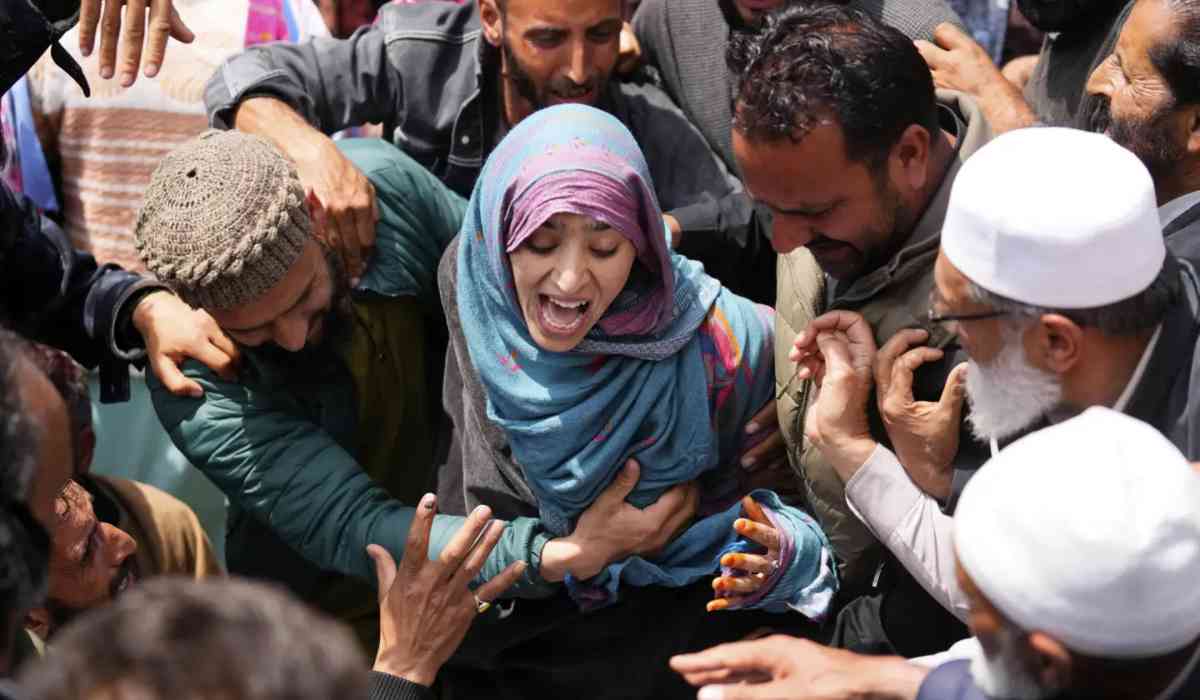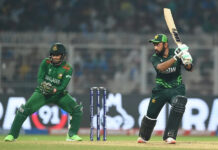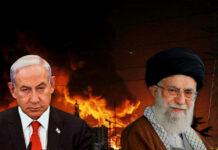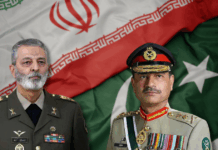Just recently, India and Pakistan locked horns, and we all know how that went down. However, New Delhi and Islamabad have provided contrasting accounts of the four-day conflict. Both claimed to have achieved complete victory and few losses. However, any sane person will know that can’t be true.
Background on the Pahalgam Attack and the Military Standoff
India and Pakistan have always been rivals, but why did matters get so worse suddenly? Well, for that, we will have to rewind to April 22 2025, the Pahalgam Attack in Indian illegally Occupied Kashmir (IIOK).
The conflict erupted after gunmen killed 26 civilians in Pahalgam, in India’s illegally administered Kashmir, on April 22. According to some sources, an armed group by the name of The Resistance Front (TRF) or Lashkar-e-Taiba claimed responsibility. This, in turn, led to India accusing Pakistan of backing it (with no proof to back up the claim).
Indian Prime Minister Narendra Modi promised retaliation on Pakistan despite it claiming to have no association with the attacks and also urging for an impartial investigation. Pakistan also gave the example of how it never held India accountable for its “Jaffar Express” hijack due to a lack of evidence, but that was put under the rug as always. The Pakistani military forces also claimed India’s credibility and urgency to blame Pakistan by stating that the country pointed fingers at its neighbour within mere 10 minutes.
Read More: Jaffar Express Hijacked in Balochistan: What Happened and What’s Next?

Pakistan Struck By India
India nonetheless refused to reason and attacked Pakistan.
Early on the morning of May 7, India fired missiles at what it described as “terrorist” bases not just in Pakistan-administered Kashmir, but also four sites in Pakistan’s Punjab province.
All these “terrorist bases” were in reality civilian sites, i.e. mosques and homes. The attack took the lives of multiple innocents (women and kids included). Then, in retaliation, Pakistan defended its international borders, which later on ended up becoming a full-blown military face-off. As the world braced for total war between the nuclear-armed neighbours, US President Donald Trump announced a ceasefire, which he claimed had been mediated by the United States.
Now, both countries are claiming victory over the other, presenting “evidence” of their “achievements.” However, analysts say neither side can truly claim to have emerged from the post-April 22 crisis with a definite upper hand. Instead, they say, both India and Pakistan can claim strategic gains even as they each also suffered losses.
Pakistan’s Strategic Gains
In a scenario where many expected Pakistan to fold under pressure from its 7 times larger, more heavily armed adversary, Pakistan did the exact opposite. The country held its ground, responded proportionately and played its cards with shrewd calculation.
1. Internationalisation of the Kashmir Issue
After the 1971 war between India and Pakistan, both nations inked the Simla Agreement, which committed them to settling “their differences by peaceful means through bilateral negotiations.” Since then, India has argued that the Kashmir dispute can only be settled bilaterally, without third-party intervention. Pakistan, on the other hand, wished for international help for decades.
The post-war situation and Trump stepping in has resulted in Kashmir finally getting the international recognition that Pakistan wanted. On Sunday, Trump said that the US was ready to help mediate a resolution to the Kashmir dispute. “I will work with you both to see if, after a thousand years, a solution can be arrived at, concerning Kashmir,” the US president posted on his Truth Social platform.
This shift challenges India’s long-standing narrative of Kashmir being a strictly internal matter and can possibly be a new hope for the Kashmiris on either side of the border.
2. Demonstrated Military Resilience
Despite facing a technologically superior adversary, Pakistan’s military showcased resilience. The downing of multiple Indian aircraft, including advanced Rafael jets, and the effective use of Chinese-supplied JF-17 fighters and HQ-series air defence systems, highlighted Pakistan’s evolving defence capabilities on the global stage.
This resulted in being beneficial for not only Pakistan but it’s allies too. Since the military hardware was from China, its capabilities were showcased for the first time in warfare, greatly benefiting the stocks.
3. Strengthening Diplomatic Ties
The conflict reinforced Pakistan’s strategic alliances, particularly with China. The deployment of Chinese military technology not only enhanced Pakistan’s defence but also signalled Beijing’s vested interest in the region’s stability.
India’s Tactical Achievements and Strategic Challenges
- Operation Sindoor’s Immediate Impact: India’s Operation Sindoor targeted alleged militant infrastructure within Pakistan, claiming significant damage to civilian areas.
- Questionable Long-Term Gains: While the operation showcased India’s military prowess, it also exposed vulnerabilities. The reliance on foreign technology and the subsequent downing of advanced aircraft raised concerns about the robustness of India’s defence systems.
-
Diplomatic Setbacks: India’s initial resistance to international mediation was overshadowed by the U.S.’s active role in brokering the ceasefire. This development inadvertently internationalised the Kashmir issue, countering India’s efforts to keep it bilateral.
Losses and the Path Forward
The conflict resulted in significant civilian casualties and economic disruptions for both nations. Pakistan’s economy, already under strain, faced further challenges, while India’s aspirations for regional dominance were questioned. The standoff underscored the perils of military confrontation and the pressing need for sustained diplomatic engagement.
India may have hoped for a conclusive blow to Pakistan’s strategic posture, but it underestimated the country’s resilience and adaptability. Pakistan didn’t just survive the standoff, the the but it also repositioned itself as a confident and capable regional actor. The world took notice, and so did India.
For once, it seems that the smaller power in South Asia has left the table with the bigger hand.






































